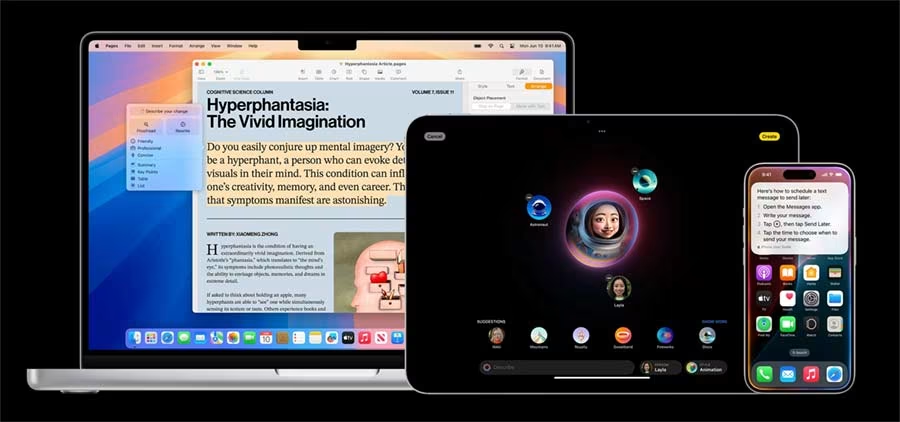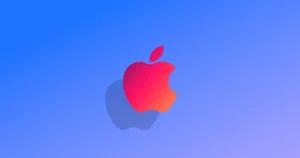KEY HIGHLIGHTS
- Apple is expected to open its on-device AI models to third-party developers at WWDC 2025.
- A new SDK and developer frameworks may let apps build directly on Apple Intelligence.
- Developers would likely get access only to on-device models, not Apple’s more powerful cloud-based AI.
- Apple may be aiming to boost developer adoption and catch up to rivals like OpenAI and Google.
- If successful, this could spark a wave of AI-powered apps exclusive to Apple’s ecosystem.
- A broader developer rollout could also help offset App Store revenue losses amid growing regulatory pressure.
Apple Intelligence Gets a Boost With Developer Access
Apple’s AI game might finally be getting the momentum it needs.
At this year’s WWDC on June 9, Apple is expected to announce something developers (and honestly, power users) have been waiting for: access to the same Apple Intelligence models that power system features across iOS, iPadOS, and macOS.
According to Bloomberg’s Mark Gurman, Apple is planning to roll out a new SDK and frameworks that will let third-party apps tap into its on-device AI brains.
Why This Matters
Until now, Apple’s approach to AI integration has been… let’s say, tightly controlled. You could use the flashy bits like Genmoji and Image Playground, but there was no access to the core AI models underneath. That changes this June, at least partially.
Developers will be able to work with the on-device versions of Apple’s AI models. These are smaller and more privacy-friendly compared to cloud-based counterparts, though naturally, they won’t be quite as powerful. Still, for many apps, the speed and privacy benefits could be a huge win.
Apple’s Catch-Up Play

This move feels like Apple finally getting serious about catching up to OpenAI, Google, and others in the AI race. Let’s not sugarcoat it, Apple Intelligence’s rollout hasn’t exactly wowed anyone so far. From buggy features like inaccurate summaries to underwhelming tools like Genmoji, the early feedback hasn’t been stellar.
But opening the doors to developers could change the narrative. Think of it like a second chance for Apple Intelligence, letting creative third parties build smart tools that Apple alone hasn’t delivered.
There’s a Money Angle Too
It’s not just about innovation—it’s also about revenue. With regulators breathing down its neck (and recent court rulings threatening its App Store profits), Apple could use a new way to drive developer enthusiasm. More AI-powered apps mean more engagement, and maybe, more subscription dollars.
A surge in apps may also have a financial benefit. Apple takes a cut of revenue for subscriptions within apps themselves. But the App Store is under pressure from regulators globally. A US judge ruled last month that Apple must allow developers to steer customers to the web to complete purchases, bypassing the company’s revenue-sharing system. A wave of new apps could soften the blow of losing out on some current sales.
Even if developers steer some purchases outside the App Store, a richer app ecosystem might help Apple offset those losses.
What Comes Next?
If Apple plays this right, it could echo the early days of the App Store: open up the tools, let developers run wild, and enjoy the innovation that follows. We’re still waiting for confirmation and full details, but WWDC 2025 could mark a major shift in how AI lives on Apple’s platforms.







Comments